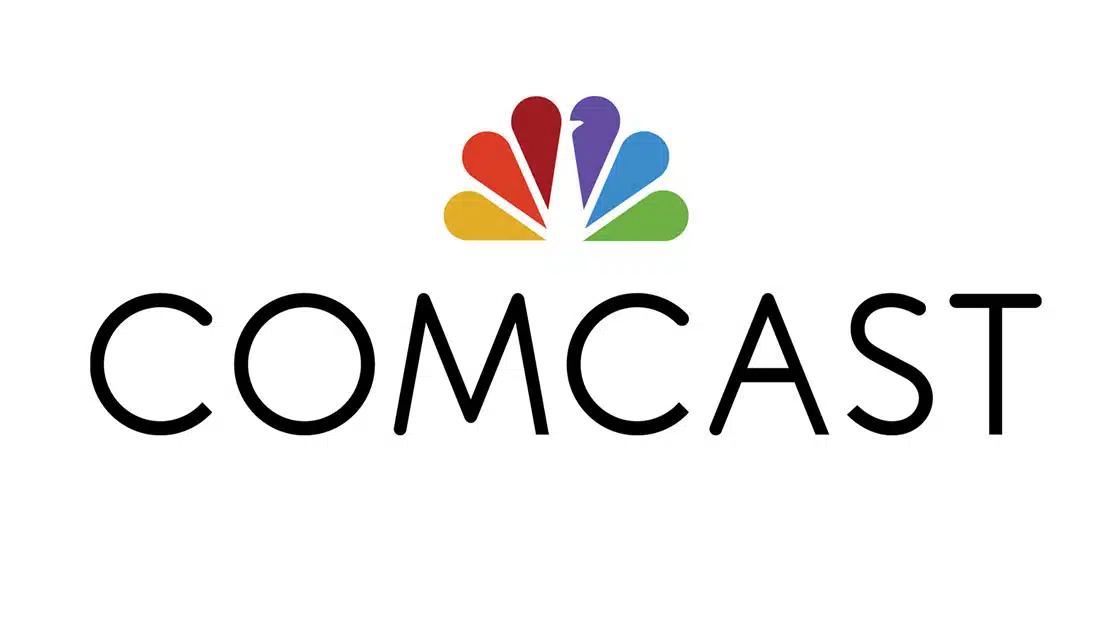For those who remember the painfully slow days of dial-up modems, today’s internet speeds feel revolutionary. The introduction of broadband was a game-changer, eliminating the need to choose between making a phone call and waiting for a webpage to load. Over the past decade, internet service providers (ISPs) have made enormous strides in delivering faster, more reliable service.
But the key question remains: are you getting the internet speeds you’re paying for each month?
The Evolution of Internet Speeds
The internet has come a long way since the early 2000s. In 2011, the Federal Communications Commission (FCC) launched its Measuring Broadband America (MBA) program to track real-world broadband performance.
- In March 2011, the most popular internet service tiers offered speeds of 12–30 Mbps.
- By September 2015, these speeds had jumped to 100–300 Mbps, primarily driven by improvements in the CableTV industry.
- DSL showed only slight improvements, while satellite internet remained largely stagnant.
- Fiber internet, though less widespread, delivered significant upgrades where available.
This shows a clear trend: connection type heavily influences the speed and cost of internet service.
Why Internet Speed Matters
Faster internet isn’t just about convenience. Everything you do online—streaming, video conferencing, gaming, or even browsing—relies on download and upload speeds.
The problem is that not all ISPs consistently deliver the speeds they advertise. Many consumers end up paying for bandwidth they never actually experience. That’s why tools like the FCC Broadband Speed Guide and Billshark’s Speed Test Tool are essential for checking whether your provider is keeping its promises.
You can even speed test your internet device here to compare your real-time performance with what your provider claims.
Comcast Internet Speeds Over Time

Comcast, one of the nation’s largest ISPs, has a long history of upgrading internet speeds. In 2014, Comcast announced it had increased speeds for the 12th time in 13 years, offering customers in the Northeast U.S. (Maine to Virginia) free upgrades on certain Xfinity plans.
Billshark’s research shows Comcast boosting speeds from just 8 Mbps in 2005 to 105 Mbps by 2014. This progress demonstrates Comcast’s commitment to improving download capabilities, although upload speeds have lagged behind.
However, FCC reports have revealed discrepancies. In 2015, Comcast’s maximum advertised download speed was 150 Mbps, but its median real-world speed was closer to 61 Mbps. Factors like location, peak usage times, and network congestion played a role in the gap between advertised and actual performance.
Comcast vs. Other Providers
When comparing Comcast with other major ISPs:
- Comcast Xfinity: Strong download speeds, weaker upload performance.
- Verizon FiOS: Symmetrical speeds, but limited availability.
- Fiber Providers: Fastest overall but not yet nationwide.
- DSL & Satellite: More accessible in rural areas but significantly slower.
If you’re a Comcast customer, it’s worth considering whether the speeds you’re paying for align with your actual usage. In many cases, consumers find themselves locked into expensive contracts or promotional deals that expire quickly.
How to Lower Your Comcast Internet Bill
Even if you’re happy with your speeds, your bill may still be higher than it should be. Some common ways to save include:
- Purchasing your own modem/router instead of renting equipment.
- Choosing a speed plan that matches your real needs.
- Bundling services strategically—or unbundling to cut excess costs.
- Negotiating directly with Comcast.
The good news? You don’t have to handle it yourself. Billshark can lower your Comcast internet bill by negotiating directly with your provider. We’ve helped thousands of customers reduce costs without sacrificing quality service.
If you’re also paying too much for Verizon or other providers, Billshark can help there, too.
FAQs:
A: Most Comcast customers pay between $40 and $70 per month, depending on plan, speed, and location.
A: Network congestion, outdated equipment, and geographic limitations can cause speeds to fall below advertised levels.
A: You can use Billshark’s Speed Test Tool to check whether you’re receiving the speeds you pay for.
A: Comcast generally offers faster download speeds, while Verizon FiOS is stronger in symmetrical upload/download performance.
A: You can reduce costs by negotiating with Comcast or letting Billshark lower your internet bill on your behalf.
